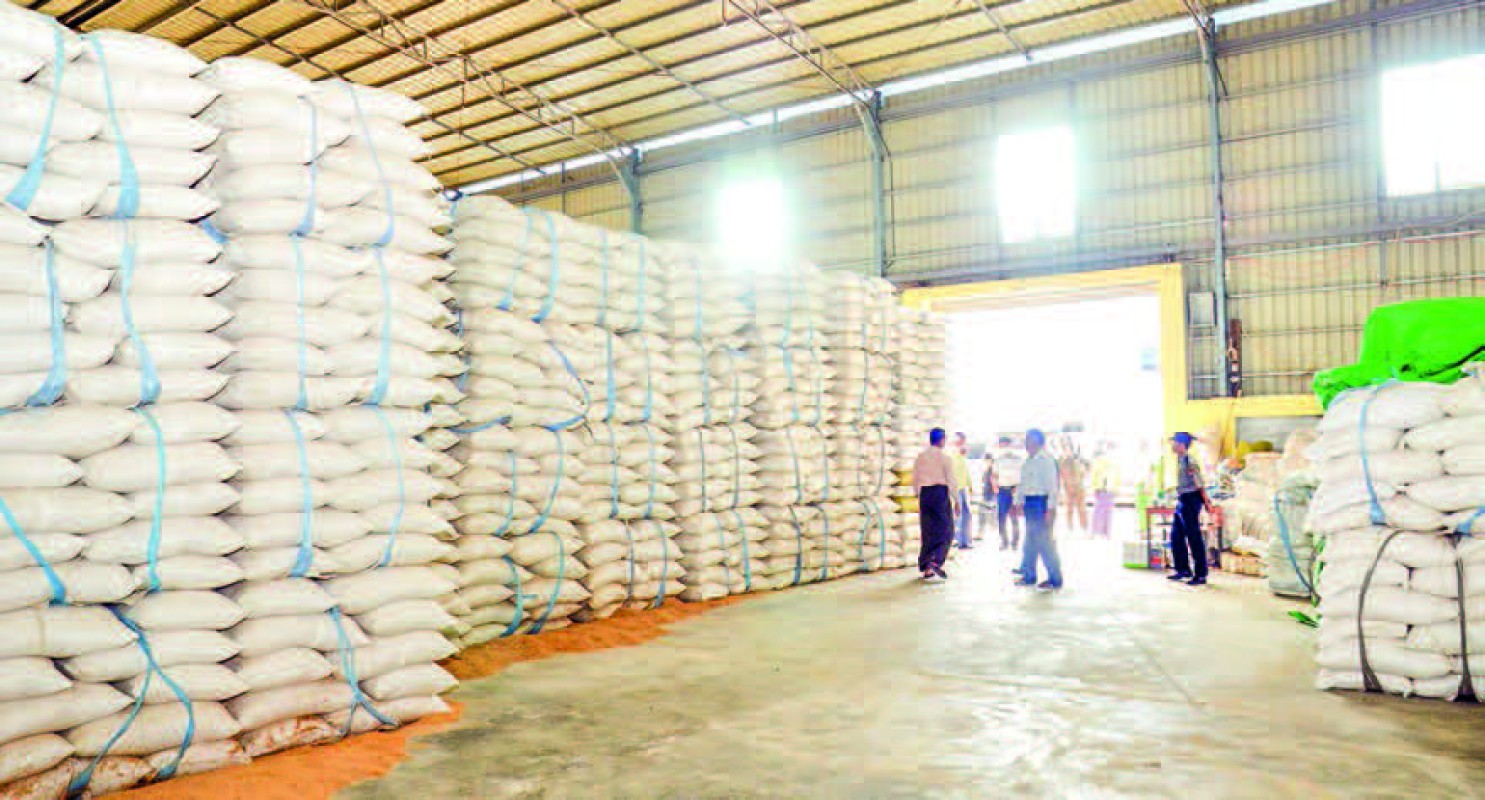Myanmar launches Rice Export Zones targeting 5 million tonnes annual export by 2030

382

Hsu/Pearl (NP News) - September 25
Chairman of the Myanmar Rice Federation (MRF), U Ye Min Aung, remarked that Myanmar plans to implement Rice Export Zones (REZs) starting this summer paddy season, with the goal of exporting 5 million tonnes of rice by 2030.
Approximately 17 million acres of rice are cultivated annually in Myanmar during the monsoon and summer seasons. However, rice quality is often inconsistent and yields are lower than they could be, largely because farmers use a wide variety of local rice strains instead of high-quality, pure rice varieties.
Led by the Ministry of Agriculture, Livestock, and Irrigation, the MRF will implement Rice Export Zones to double the country's export capacity.
The REZs are consolidated agricultural areas, each zone at least 300 acres in size, where only high-quality, pure rice varieties needed for export are grown.
The programme will begin in the 2025–2026 summer paddy season and continues annually. In the first year, 250,000 acres will be cultivated, expanding to 350,000 acres in the 2026–2027 monsoon season. The project aims to gradually increase cultivated land to five million acres by 2030, with the goal of exporting five million tonnes of rice by the same year. This plan is based on the calculation that one acre in an REZ will yield one tonne of rice for export.
The Department of Agriculture, the MRF, and exporting companies will coordinate joint cultivation efforts in about 100 townships across the following regions and states: Nay Pyi Taw, Bago Region, Ayeyarwady Region, Yangon Region, Mon State, Kayin State, Magway Region, and Mandalay Region.
Within the project areas, the export-oriented rice varieties —Sinsukh, Yat-90, GW-11, Aung Naing Toe, Nankauk, Yatanar Toe, Thee Htapyin, Mawbi-2, Mawbi-3, Karinma, Htune Pu, and Ngasein Yarkyaw — will be cultivated and for premium quality exports, Paw San Hmwe, and Myanmar Fragrant Long Grain Rice (Lone Thwe Mhwe – LTM) will be cultivated.
Participating farmers will be eligible for agricultural loans ranging from 150,000 to 400,000 kyats per acre, and fertilizers will be supplied at prices below the current market rates.
Similarly, exporter companies will be able to coordinate paddy purchases during harvest time and arrange international future sales contracts. The revenue from these exports will also permit companies to buy back fertilizers and import agricultural machinery.
From the 2025–2026 summer paddy season onward, companies targeting an annual export of over 4,000 tonnes of rice or rice pro wz ducts are required to join the REZs. Other interested exporters may join voluntarily.